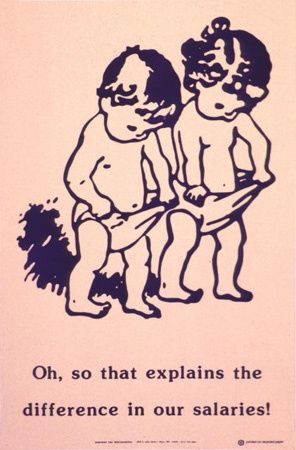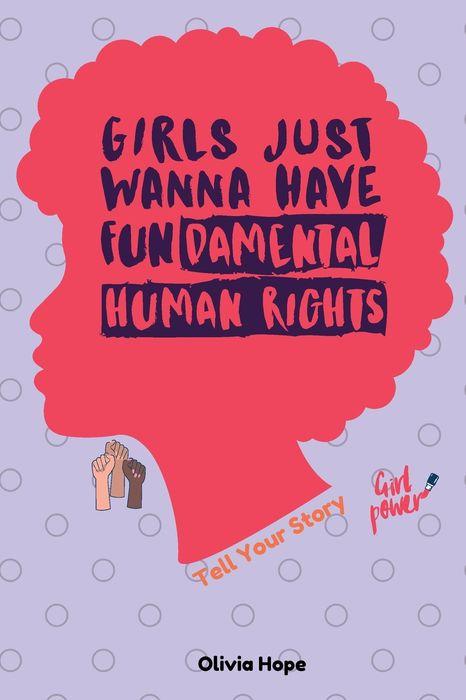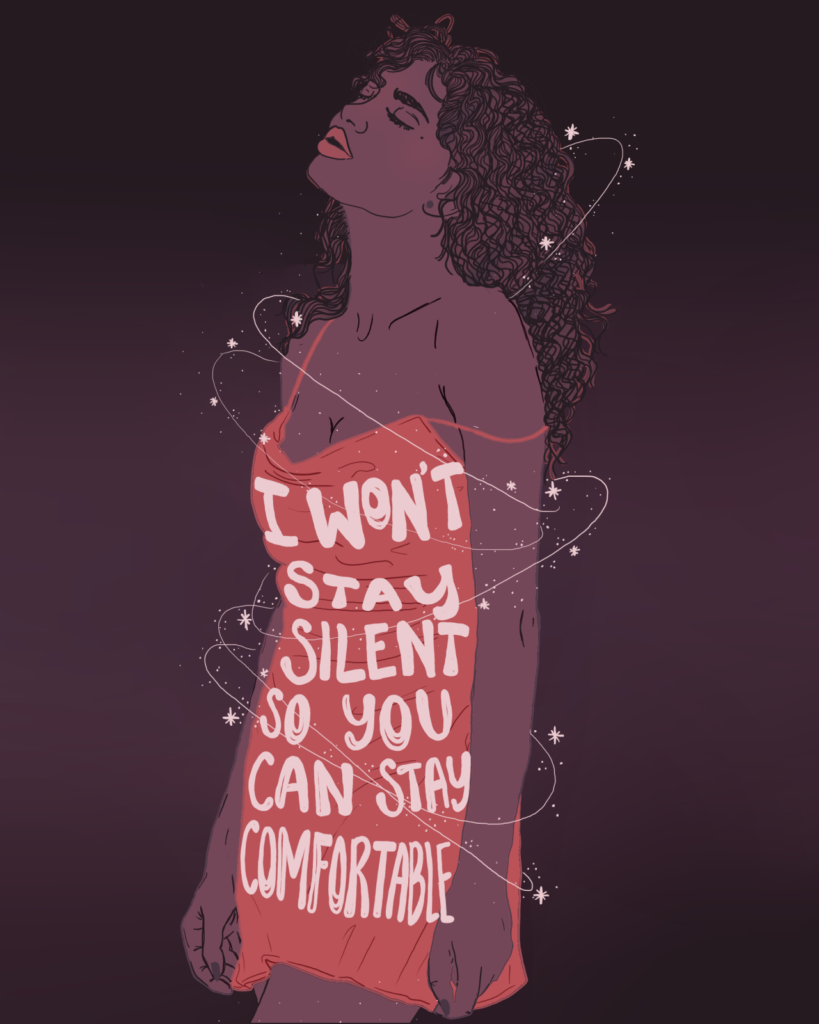In the early 20th century women became more involved in politics and in the economy. They participated in labor movements and organizations to advocate for rights in the workplace and unions which were influenced by an industrial disaster, a fire in New York City’s Triangle Shirtwaist Company in 1911. It was a tragedy that killed about 146 out of the 500 employees who were primarily young immigrant women, most being teenagers rather. These women were all working under harsh and inhumane conditions that consisted of poor pay, punishing schedules and tedious work. The fire that occurred was a result of a poorly made building the women worked in, where the hose malfunctioned due to it being rusted and rotten and there was no sprinkler system in case of an emergency like this was to happen. Not even the ways to exit the building was safe or secure enough to get everyone out alive. I am shocked by the way these women had sacrificed their lives through the hard work they were faced with and on top of that struggling to survive through a disastrous fire. I can understand why the public, especially the women during this time, was frustrated, demanding change and ways to improve factory safety standards in the workplace. This helped start the International Ladies’ Garment Workers’ Union that served to fight for better working conditions for sweatshop workers. It continued to pave the way to protect the rights of women even from the sex discrimination and inequality that prevent them from having equal opportunities and to succeed economically as working individuals. They were being limited to these rights as this was not considered as the traditional role of a woman in society who were originally stay at home mothers and wives.
The Equal Rights Amendment followed up once women fought for political equality which was the 19th Amendment allowing women the right to vote. The ERA failed to pass because the ratification deadline had passed and not every state contributed to the amendment.There has been some controversy with the way the ERA would affect women’s rights. In the article “Virginia Just Became the 38th State to Pass the Equal Rights Amendment. Here’s What to Know About the History of the ERA” by Tara Law in TIME Magazine states “advocates say that the amendment is help back by the sense among some people that it’s not necessary, but proponents argue that it could strengthen the legal basis for combating violence against women, pay inequality and maternity leave” (Law 6). This means that the law and American society don’t acknowledge the fact that women are still lacking that political and economic support that does not guarantee them legal equal rights among men. Some believe this amendment may negatively affect men. I don’t see anything wrong with a woman bringing home the same amount of money as her husband because at least they can provide for each other and their family together to build and grow a stable household.
In Sadira’s snapshot one of the images represented different name brand and designer logos featuring the hard working people behind the labor of it all. I find it upsetting that throughout society some people always think they need to have the newest or most popular item on the market whether it’s clothes or sneakers just because of its name brand. These items are just overpriced and expensive just because the company only cares about trends and profits. Brands like Nike, Gap, Chanel and Polo Ralph Lauren either were or might still be accused of using sweatshops internationally to produce and manufacture their products. The problem with that is similar to the disadvantages the women who worked in the Triangle Sweatshirt Factory faced such as unfair wages, poor working conditions, underaged employees, and a lack of benefit and safety for workers. This is more of a reason for people to realize why we may take life for granted when there are others out there who have no other options to financially support their families. Moreover sweatshops also violate human rights with women being the large percent of it all being subject to crucial treatment these factories put them through


 https://earthshaker1217.tumblr.com/post/620287242087317504/i-wont-stay-silent-so-you-can-stay-comfortable
https://earthshaker1217.tumblr.com/post/620287242087317504/i-wont-stay-silent-so-you-can-stay-comfortable